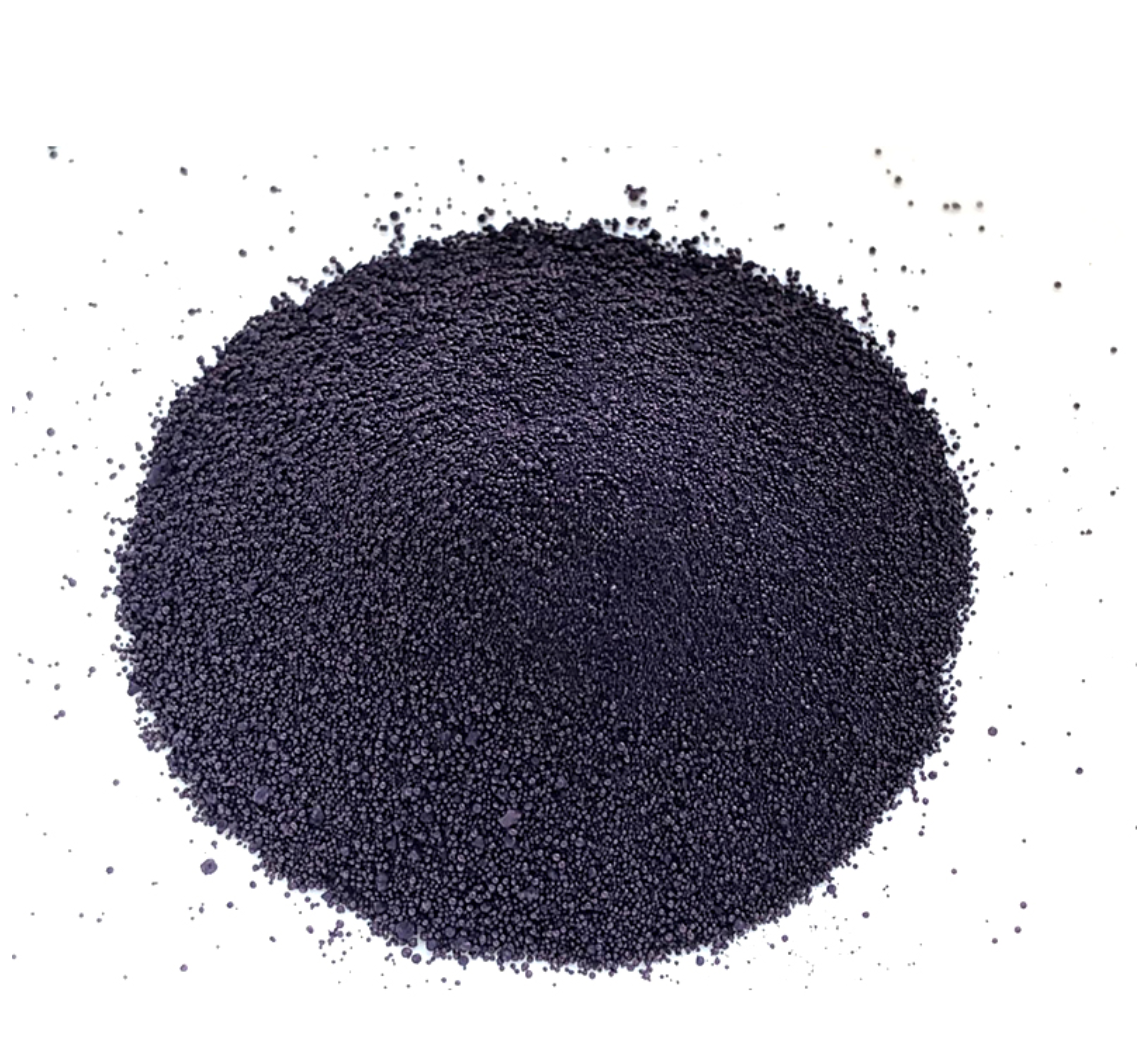Crafting Indigo Products from Natural Dyes for Sustainable Fashion and Artistry
The Art and Science of Making Indigo Products
Indigo, a deep blue dye derived from the leaves of the indigo plant, has captivated artisans and consumers alike for centuries. Its rich history and cultural significance are matched only by the intricate processes involved in its production. From fashion to home decor, indigo products are more than just items; they are a blend of tradition, artistry, and sustainability.
Historical Background
The use of indigo dates back thousands of years. Civilizations in ancient India, China, and Egypt utilized this vibrant dye, which was often reserved for the upper class due to its labor-intensive production process. As trade routes expanded, indigo spread across the globe, influencing various cultures. In the Americas, it became a significant crop, particularly in the southern United States during the colonial period.
The Indigo Plant
The primary source of indigo dye is the Indigofera plant, though other sources such as woad and certain types of trees also exist. The leaves of the Indigofera plant contain indican, a compound that is key to the dyeing process. To extract the dye, leaves are harvested, fermentated, and processed to produce a blue pigment that is both vibrant and enduring.
The Process of Making Indigo Dye
Creating indigo dye involves several critical steps
1. Harvesting The first step in making indigo products is the careful harvesting of the indigo plant leaves. This process is usually carried out in the morning, when the leaves are at their freshest.
2. Fermentation After harvesting, the leaves are soaked in water to ferment for several days. During this time, a chemical reaction occurs, converting indican into indoxyl. This mixture typically has a pungent odor as it ferments.
making indigo product

3. Extraction After fermentation, the leaves are removed, and the solution is aerated, which causes indoxyl to oxidize and precipitate out as a dye. This dye can vary in shades depending on the exact conditions of fermentation and the duration of the oxidation process.
4. Drying and Processing The extracted dye is then dried and processed into a powdered form or a cake, making it easier to transport and store. This powder can be reconstituted with water during the dyeing process.
Dyeing with Indigo
The beauty of indigo lies not only in its color but also in the unique results it can produce when applied to different fabrics. Cotton, being highly absorbent, is the most commonly dyed material. However, wool and silk can also yield stunning results when dyed with indigo.
1. Preparation Before dyeing, the fabric must be pre-treated to ensure the dye adheres properly. This often involves washing and sometimes mordanting, a process that involves applying a substance to fix the dye.
2. Dyeing Process The fabric is then submerged in a vat containing the indigo dye. A distinctive feature of indigo dyeing is its ability to change color as the fabric emerges from the dye bath. Initially, it appears greenish due to the oxidation that has yet to occur. As it is exposed to air, it transforms into deep blue, revealing the hues that indigo is famous for.
3. Finishing Once the desired color is achieved, the fabric is rinsed, often with vinegar to help set the dye. It is then hung to dry, completing the dyeing process.
Conclusion
Indigo products are not just about their visual appeal; they are repositories of cultural history and craftsmanship. As sustainable fashion gains popularity, the revival of traditional indigo dyeing practices aligns perfectly with eco-conscious values. Whether found in artisanal clothing or contemporary designs, indigo products symbolize a connection between nature and the artistry of human hands. In a world where fast fashion dominates, embracing the beauty of indigo serves as a reminder to appreciate our heritage and the tales spun with every thread of blue.
-
The Timeless Art of Denim Indigo Dye
NewsJul.01,2025
-
The Rise of Sulfur Dyed Denim
NewsJul.01,2025
-
The Rich Revival of the Best Indigo Dye
NewsJul.01,2025
-
The Enduring Strength of Sulphur Black
NewsJul.01,2025
-
The Ancient Art of Chinese Indigo Dye
NewsJul.01,2025
-
Industry Power of Indigo
NewsJul.01,2025
-
Black Sulfur is Leading the Next Wave
NewsJul.01,2025

Sulphur Black
1.Name: sulphur black; Sulfur Black; Sulphur Black 1;
2.Structure formula:
3.Molecule formula: C6H4N2O5
4.CAS No.: 1326-82-5
5.HS code: 32041911
6.Product specification:Appearance:black phosphorus flakes; black liquid

Bromo Indigo; Vat Bromo-Indigo; C.I.Vat Blue 5
1.Name: Bromo indigo; Vat bromo-indigo; C.I.Vat blue 5;
2.Structure formula:
3.Molecule formula: C16H6Br4N2O2
4.CAS No.: 2475-31-2
5.HS code: 3204151000 6.Major usage and instruction: Be mainly used to dye cotton fabrics.

Indigo Blue Vat Blue
1.Name: indigo blue,vat blue 1,
2.Structure formula:
3.Molecule formula: C16H10N2O2
4.. CAS No.: 482-89-3
5.Molecule weight: 262.62
6.HS code: 3204151000
7.Major usage and instruction: Be mainly used to dye cotton fabrics.

